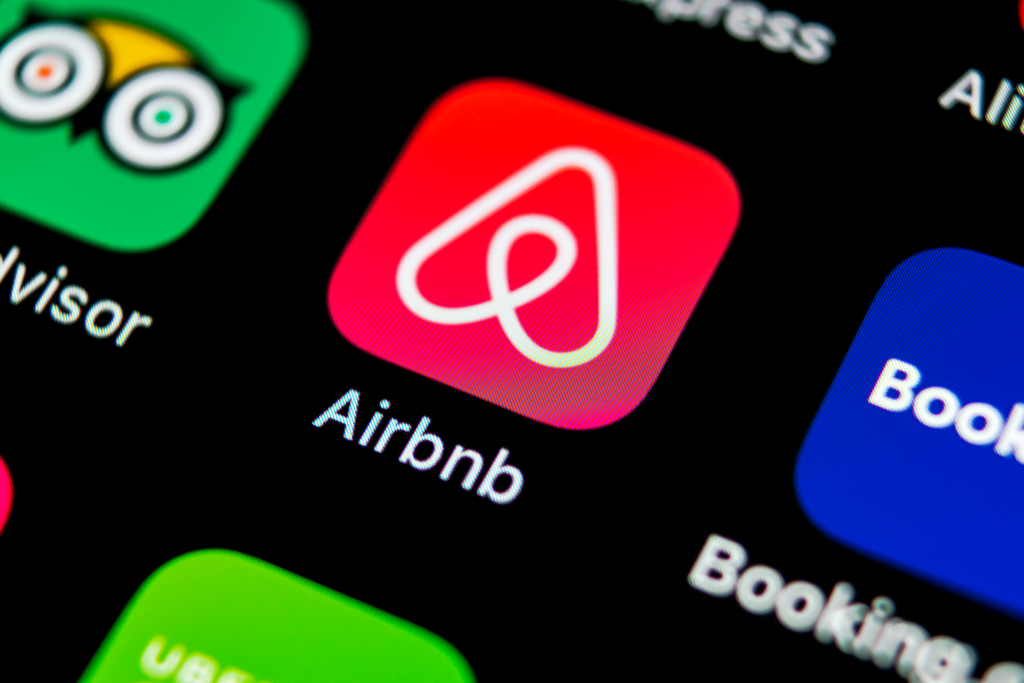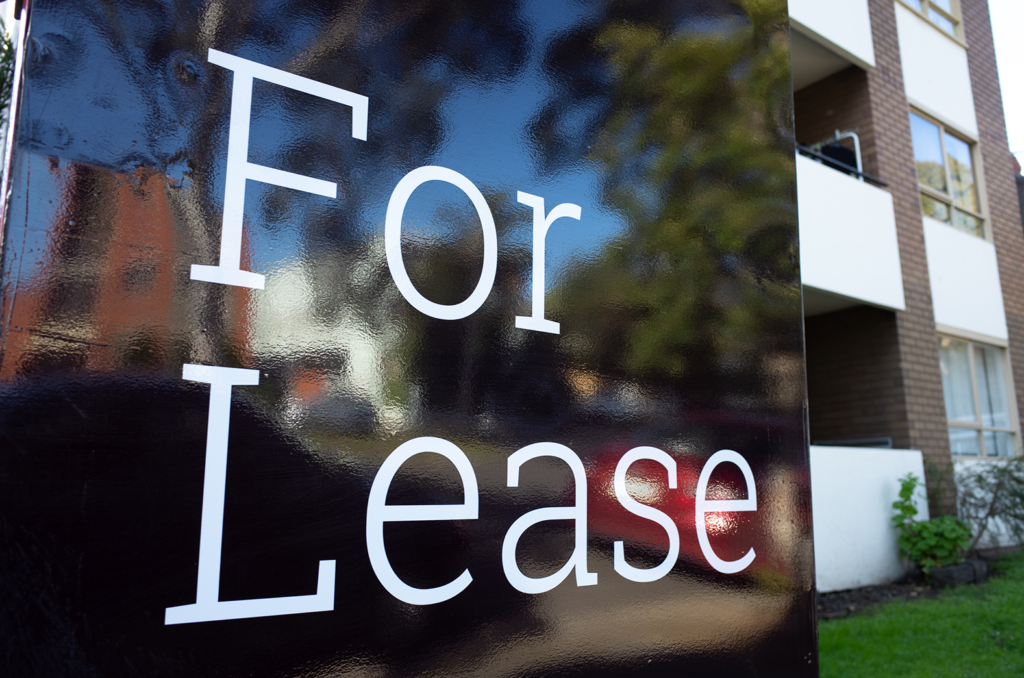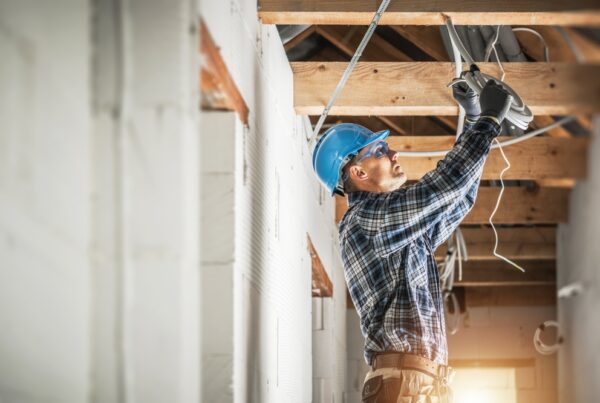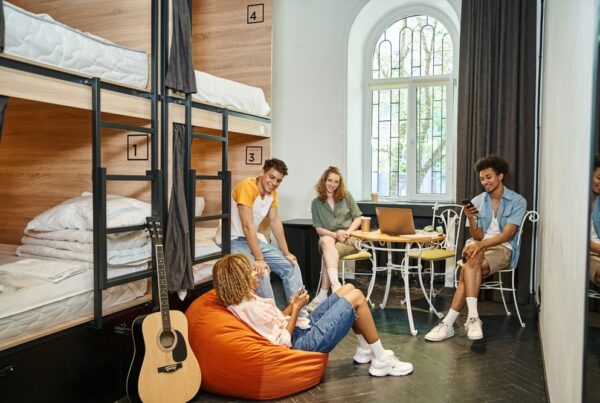The unfettered rise of short-term holiday letting is exacerbating the residential real estate rent crisis.

An episode of the doco series Dateline recently shone a spotlight on what some see as one of the greatest failures of government regulation in Australia: the largely unfettered spread of Airbnb and its clones and the subsequent effect on residential rental properties and the people who could and should be living in them.
SBS reporter Evan Williams travelled to Edinburgh to examine what has prompted the Scottish government to bring in some of the tightest restrictions on short-term holiday letting (STHL) in the world. And he has compared that with the restrictions – or lack thereof – in Australia.
NSW has the only meaningful curbs on short-term letting, and even they are patchy and easily worked around.
In greater Sydney and the Byron Bay area (and only there) short-term lets are limited to 180 nights a year. Sydney strata schemes can pass bylaws forbidding short-term lets by investors, but not by resident owners.
Residents can put their homes on short-term letting platforms for up to six months while they travel the world or go and live in their beach houses. Or they can let them over weekends – every weekend – while they stay with family or friends.
NSW has a register that STHLs must be on before they can be listed on the letting platforms, and they can theoretically be thrown off it if they cause problems. But these are about the lightest of restrictions you could have without having none at all (as pertains elsewhere in Australia).
Noosa on the Sunshine Coast has a unique approach. The area’s local council has passed a bylaw stipulating that STHL hosts have to nominate a property manager who must live within 30 minutes of the property and can be called any hour of the night or day to deal with a disturbance.
Neighbours troubled by noisy holidaymakers call a hotline, the hotline operators call the property monitor and then the council follows up with a visit to establish what the outcome was.
Elsewhere in Australia, it’s pretty much open slather with between a third to a half of the units in some of what should have been prestigious apartment blocks in Melbourne’s Docklands given over to STHLs.

WA Premier Mark McGowan is looking at curbs on STHLs as residential rental availability in the state has hit an all-time low of 0.7 per cent, Williams says.
It’s interesting that an Australian TV doco should choose Scotland as an example of an alternative approach. Tourism is a huge part of the Scottish economy – even more so than in Australia. Scottish tourism represents 5 per cent of the country’s GDP and supports 7 per cent of its jobs.
In Australia, pre-COVID-19 tourism was worth 3.1 percent of GDP and supported 5.2 per cent of the nation’s jobs.
So, why are they planning to take on Airbnb and its ilk by introducing a licensing system that could force many operators back into the residential rental market (when Australian states seem to be terrified of doing anything to deter the so-called sharing economy)?
Perhaps it’s the fact that availability of rentals in Scotland has, like here, dropped below 1 per cent and rents have soared by as much as 15 per cent.
Author: Jimmy Thomson, Contributor Financial Review




